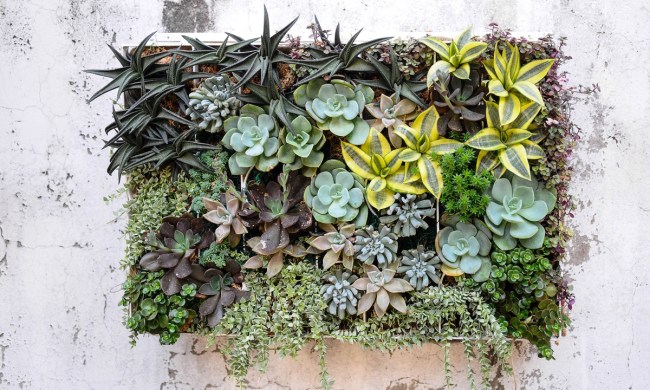In a regular outdoor garden, planting vegetables during winter isn't an option, unless you live somewhere tropical. Low temperatures, snow, and frost can damage or even kill some plants and cause others to go dormant. Fortunately, most winter gardening isn't an outdoor activity.
Growing vegetables in your home or in a greenhouse through winter is easy, and December is the ideal time to start. By starting the seeds indoors in December, most vegetables will be ready to transplant into your garden when spring finally arrives. Still, not every vegetable is well-suited for this kind on growing. Here are our favorite vegetables to plant in December and how to care for them.
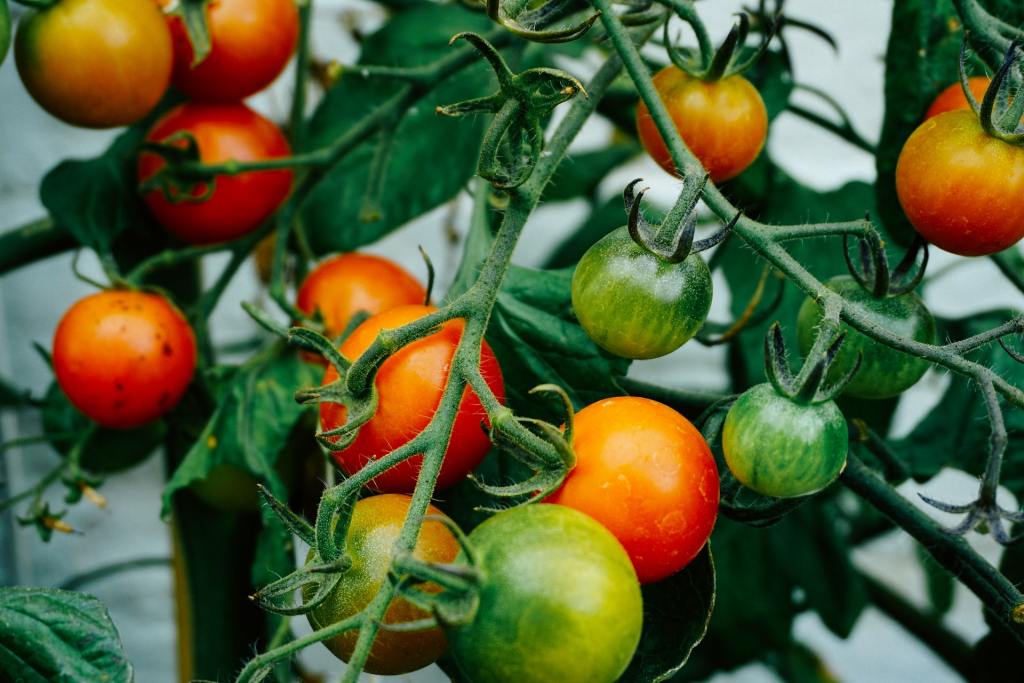
Tomatoes
Tomatoes are surprisingly easy to grow indoors and in greenhouses. Here's what to keep in mind:
Step 1: Choose a smaller tomato variety.
One of the main things to keep in mind when you’re growing tomatoes indoors is how big the plant will get. Different varieties grow to different heights, and you may find your space is better suited for a smaller type of tomato.
Step 2: Minimize repotting by choosing a pot large enough for your tomato plant to grow into.
Step 3: Start with a small plant that’s already been established and plant it in a new container if possible.
Step 4: Start seeds indoors by sowing your tomato seeds in a starter mix, about a quarter-inch into the soil.
Step 5: Plant tomato seeds in a 6-inch pot.
You will have to repot them at least once during their growth period, so it's best to keep a few spare pots in larger sizes.
Step 6: Keep the soil warm and moist to encourage seed growth.
Germination should happen within 5 to 10 days.
Step 7: Put them in bright light following germination, preferably in an area that isn’t drafty or cold, as that could harm the seeds and plants.
Step 8: Repot seedlings once they're about 3 inches tall.
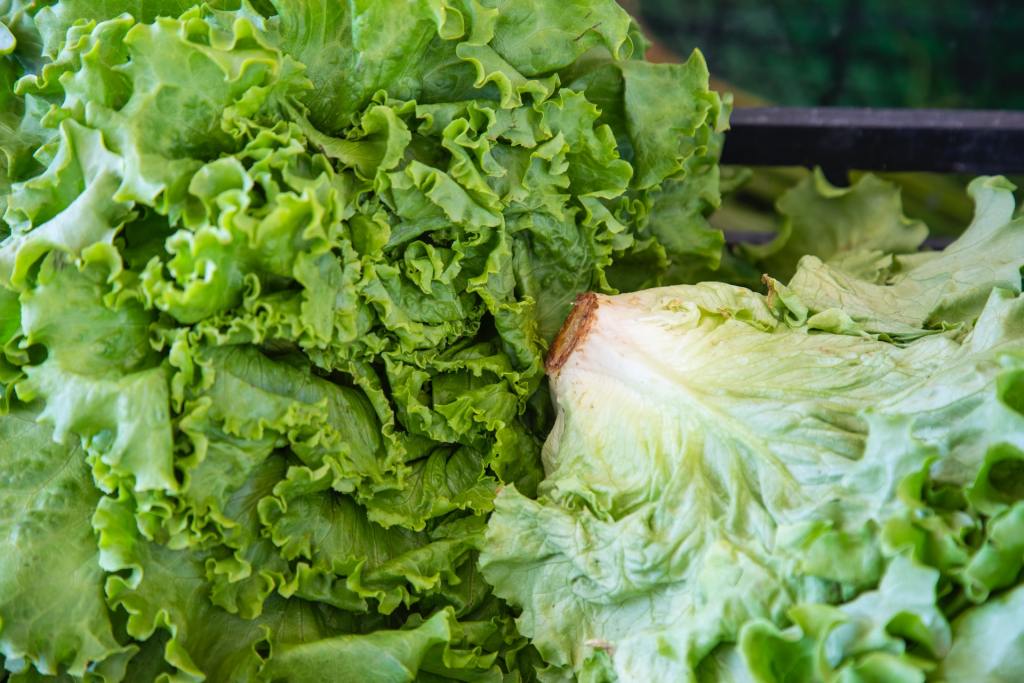
Lettuces and smaller greens
Lettuce, spinach, kale, and other greens are great options to have fresh throughout winter and are easy to grow indoors. Here's how:
Step 1: Start with a smaller, faster growing, variety that requires less light, such as Arctic King or Winter Density.
Step 2: Give your lettuce plenty of sunlight, supplementing with grow lights as necessary.
Step 3: Prepare the soil for seeds by moistening it a bit and filling the pot with roughly 3 to 4 inches of the mix.
Most greens grow quickly enough that they can easily be started from seeds indoors, but you can also transplant an established plant if you prefer.
Step 4: Put three to four seeds on every pod if you're using a grow kit, or scatter the seeds in your pot and cover with another thin layer of mix.
Step 5: Place the pot in a warm space, covering it loosely with plastic wrap or a lid to help the pot retain moisture while the seeds grow.
Step 6: Thin the sprouts out once they appear, so that each seedling is 1 inch apart.
Step 7: Keep the soil as the seedlings continue to grow.
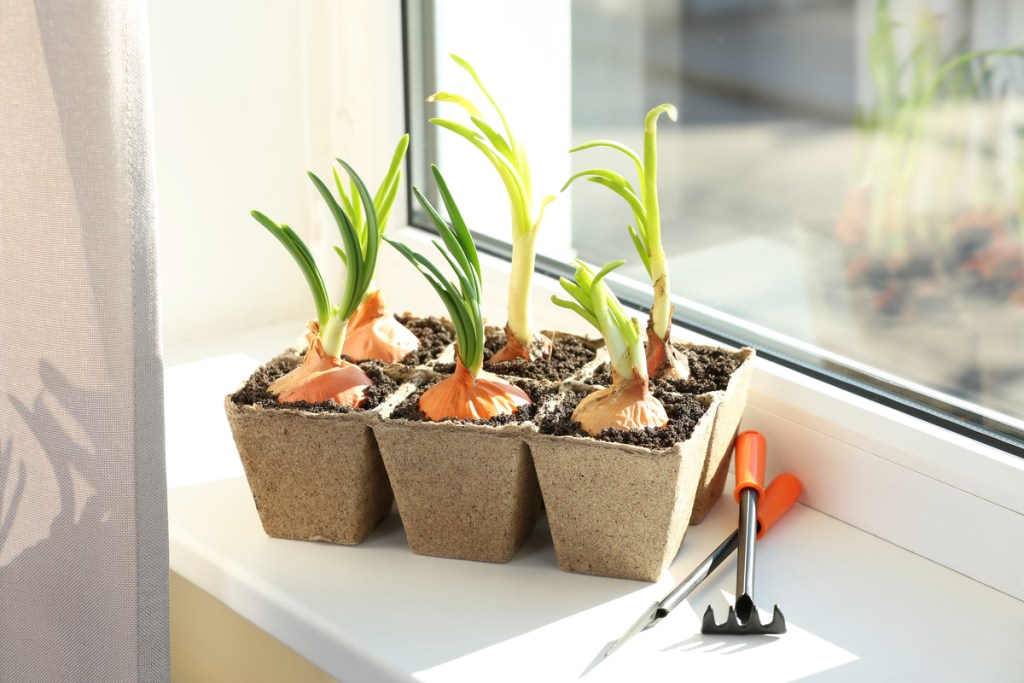
Onions
Did you know that onions can also be grown indoors? As far as winter vegetable gardening goes, onions are a good fit because they’re inherently a crop grown in cooler weather. This is what to do:
Step 1: Choose a container that is deep enough for the onion's bulb and has good drainage.
Step 2: Use well-draining soil to avoid drowning or rotting the onion's bulb.
Step 3: Supplement natural sunlight with grow lights.
Onions need a good bit of light, which they may not get since winter days are notoriously shorter. Your plants could lose out on nutrients that they need to grow fully and properly.
Step 4: Choose onion varieties that are smaller and better suited for indoor growth.
Step 5: Start your onions either by planting a whole onion bulb or slicing off the section of the onion where the roots grow and planting that.
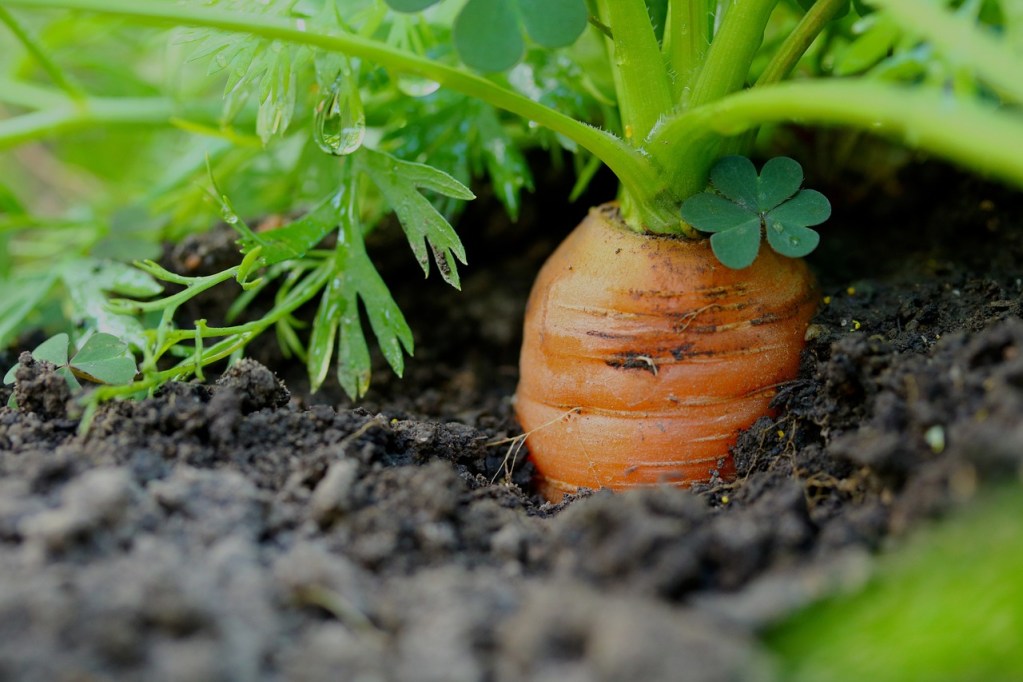
Root vegetables
Root vegetables, such as carrots, beets, and turnips, are more cold resistant than other vegetables, so they can be planted in late summer or early fall for a winter harvest. However, if you want to plant them during December, they are easy to grow indoors. Root vegetables are difficult to transplant, as disturbing their roots can impact the vegetable's growth. Luckily they grow quickly enough that transplanting them into your garden isn't required, and they can be harvested indoors without issue!
When planting root vegetables, make sure the container has enough space for the roots to properly develop. Most root vegetables need surprisingly little space to grow, but keep in mind that your turnips will only be able to grow as large as there is room for. Additionally, the soil should be loose, as compacted soil can stunt the vegetables growth. Place them in a sunny location, water them regularly, and you should have a delicious harvest in no time.
The most important thing to remember when growing onions- or any plants - indoors, is that each plant and every variety will have individual needs that should be met. No two plants are perfectly alike, so follow their conditions to ensure the best growth possible.

